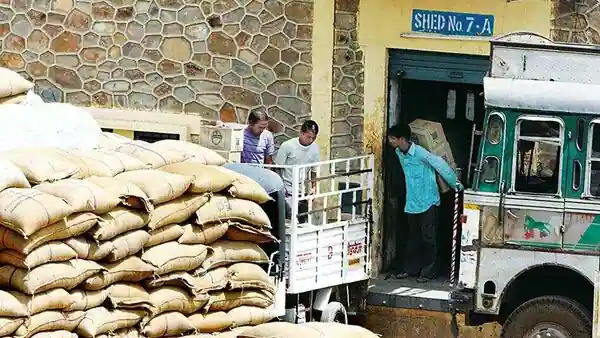
Exports of more wheat-related products banned; rice prices stable
- By Agrosiaa Admin --
- Aug 31, 2022--
- Source :
- Livemint
NEW DELHI : The government has decided to curb exports of maida, semolina and wholemeal aata to check rising prices ahead of the festive season. This comes after a ban on exports of wheat on 13 May and wheat flourâÃÂÃÂor attaâÃÂÃÂlast week.
However, the Directorate General of Foreign Trade (DGFT) said exports of these items would be allowed in certain cases, subject to government permission.
âÃÂÃÂExport policy of items (wheat or meslin flour, maida, semolina, wholemeal aata, and resultant aata) is amended from free to prohibited," according to a DGFT notification. Semolina includes âÃÂÃÂrawaâÃÂàand âÃÂÃÂsirgiâÃÂÃÂ.
The provisions under the foreign trade policy 2015-20, regarding transitional arrangements, will not be applicable under this notification, DGFT added.
Last week, the Cabinet Committee on Economic Affairs (CCEA), chaired by Prime Minister Narendra Modi, approved a proposal for amending the policy of exempting wheat or meslin flour from export restrictions.
Mint had reported that atta exports for all of FY22 stood at 500,000 tonnes but nearly 100,000 tonnes were being shipped out every month after the May wheat export ban.
Consequently, the union government in July made it mandatory for exporters of wheat flour and related products such as semolina, wholemeal atta and âÃÂÃÂresultant attaâÃÂàto seek the approval of an inter-ministerial committee (IMC) for exports.
Russia and Ukraine are the major exporters of wheat, accounting for around one-fourth of the global wheat trade.
The war between the two countries has led to global wheat supply chain disruptions, thus increasing the demand for Indian wheat.
Indian wheat flour exports grew 200% in April-July 2022 compared with the corresponding period in 2021. The increased demand for wheat flour overseas led to a significant price rise of the commodity in the domestic market.
âÃÂÃÂRight now we are not seeing a major price rise in rice. But if we do see a sharp movement we will consider banning rice exports too," a commerce ministry official said.
However, experts have said that even though there are key rice-growing regions where monsoon rains were not ample, leading to sub-par sowing, rains and reservoir levels are strong.
âÃÂÃÂAfter a bumpy start, rains are in surplus (7% above normal), and more importantly, reservoir levels are elevated, 9% above last year, which was also higher than a normal year.
âÃÂÃÂAs per our research, reservoir levels matter more than rains for IndiaâÃÂÃÂs food production and inflation, as reservoirs not only capture contemporaneous rains but also hold rain that has been captured in previous rain episodes," an HSBC report stated.
Reuters reported farmers have planted paddy on 34.37 million hectares, down 8.3% from a year ago. It cited farm ministry data from last week.
India usually exports 5% and 25% broken rice, but demand for 100% broken rice has risen sharply in recent months, particularly from drought-hit China, exporters said.
Source : Livemint











IMPORTANT LINKS
http://krishi.maharashtra.gov.in/Site/Upload/Pdf/PMFBY__2020_Gr_for_publication.pdf
http://krishi.maharashtra.gov.in/Site/Upload/Pdf/PMFBY_Process_Leaflet_Final_Print_File_15-10-2020.pdf